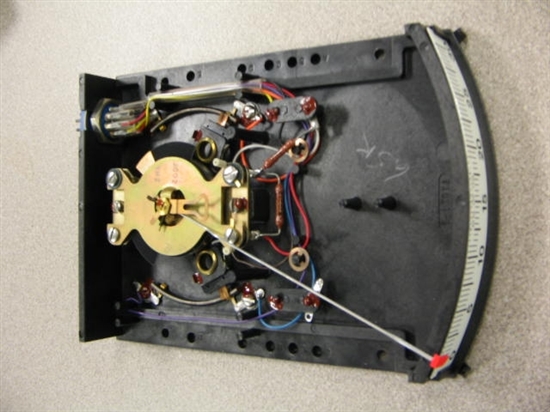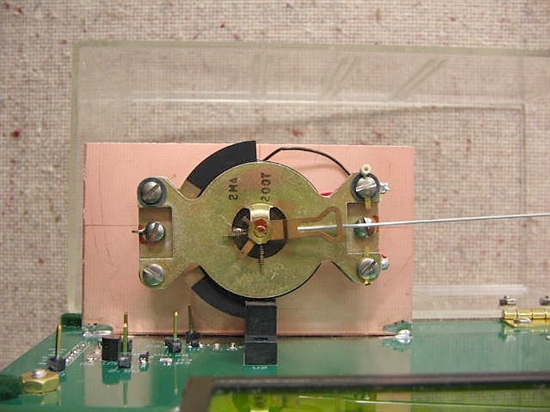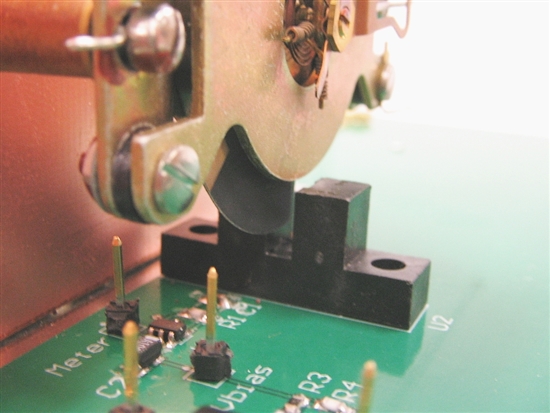Hi Paul, I saw your amazing YouTube video: http://m.youtube.com/#/watch?v=n90whRO-ypE&desktop_uri=%2Fwatch%3Fv%3Dn90whRO-ypE
...showing you can accurately weigh an Eyelash hair. I am carrying out a study for an international Conference for Eyelash Extension professionals and have been searching everywhere on how to accurately weigh various combinations of individual Eyelash Extentions. Can you advise me on how I could access something like that? Even to hire or something? My partner is a Electrical engineer so he should be able to help but any advice would be grately appreciated.
The forum that I post on for Eyelash professionals were even considering pitching together to buy a suitable scale (to answer our many questions about this for Natural lash safety) but they're extremely expensive from what I've heard.
Any advice you ( or anyone else) has I would be most grateful.




